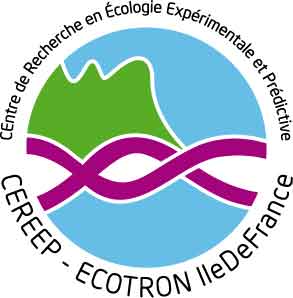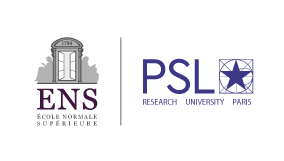When worlds collide: Invader-driven benthic habitat complexity alters predatory impacts of invasive and native predatory fishes
Résumé
Interactions between multiple invasive alien species (IAS) might increase their ecological impacts, yet relatively few studies have attempted to quantify the effects of facilitative interactions on the success and impact of aquatic IAS. Further, the effect of abiotic factors, such as habitat structure, have lacked consideration in ecological impact prediction for many high-profile IAS, with most data acquired through simplified assessments that do not account for real environmental complexities. In the present study, we assessed a potential facilitative interaction between a predatory invasive fish, the PontoCaspian round goby (Neogobius melanostomus), and an invasive bivalve, the Asian clam (Corbicula fluminea). We compared N. melanostomus functional responses (feeding-rates under different prey densities) to a co-occurring endangered European native analogue fish, the bullhead (Cottus gobio), in the presence of increased levels of habitat complexity driven by the accumulation of dead C. fluminea biomass that persists within the environment (i.e. 0, 10, 20 empty bivalve shells). Habitat complexity significantly influenced predation, with consumption in the absence of shells being greater than where 10 or 20 shells were present. However, at the highest shell density, invasive N. melanostomus maximum feeding-rates and functional response ratios were substantially higher than those of native C. gobio. Further, the Relative Impact Potential metric, by combining per capita effects and population abundances, indicated that higher shell densities exacerbate the relative impact of the invader. It therefore appears that N. melanostomus can better tolerate higher IAS shell abundances when foraging at high prey densities, suggesting the occurrence of an important facilitative interaction. Our data are thus fully congruent with field data that link establishment success of N. melanostomus with the presence of C. fluminea. Overall, we show that invader-driven benthic habitat complexity can alter the feeding-rates and thus impacts of predatory fishes, and highlight the importance of inclusion of abiotic factors in impact prediction assessments for IAS.


